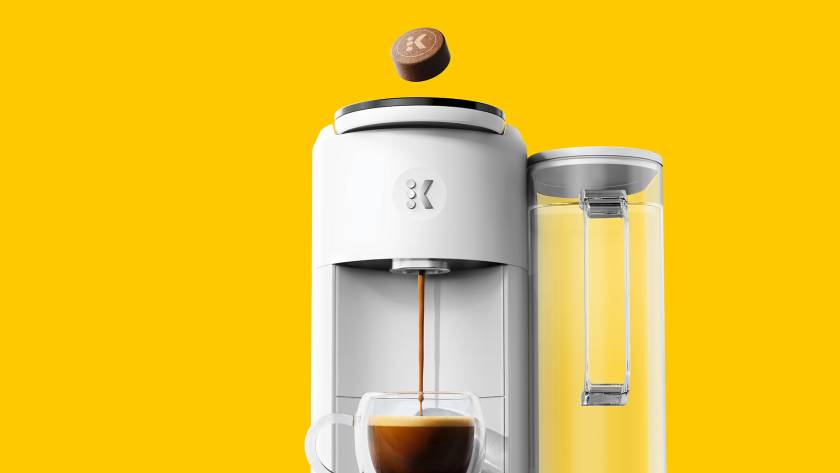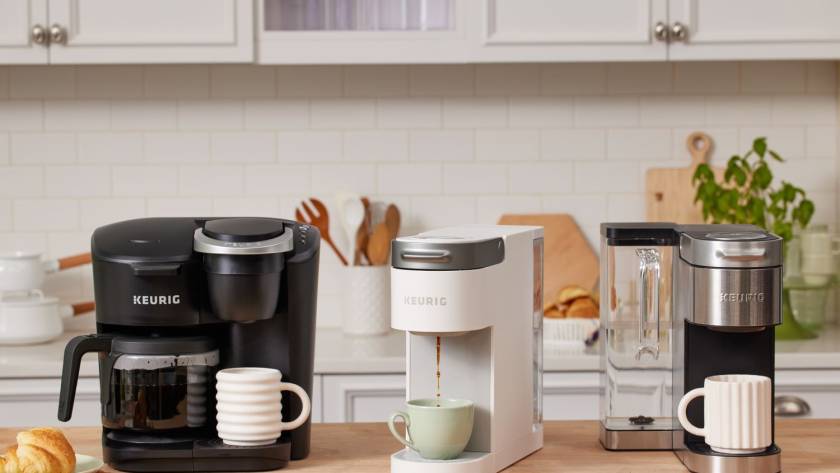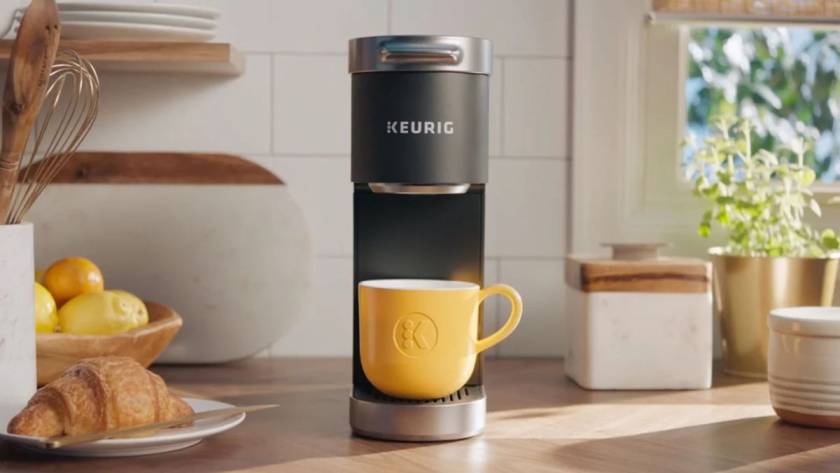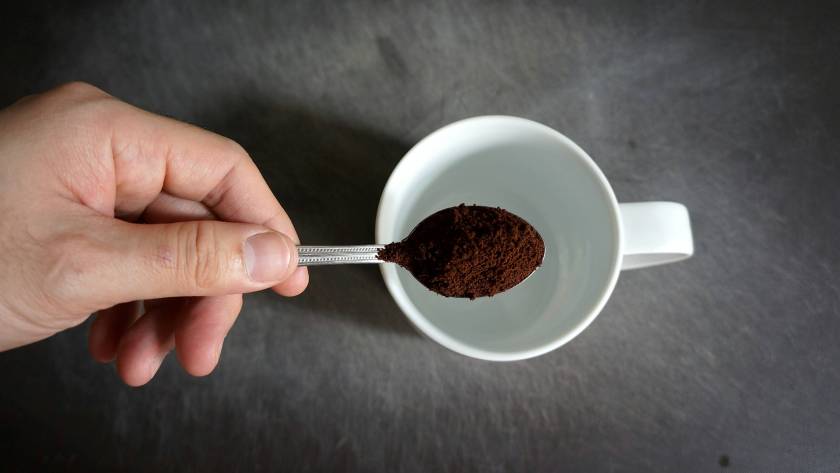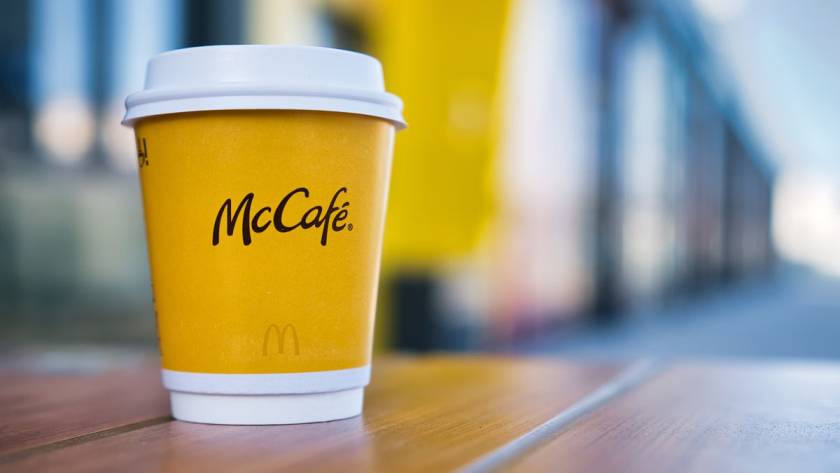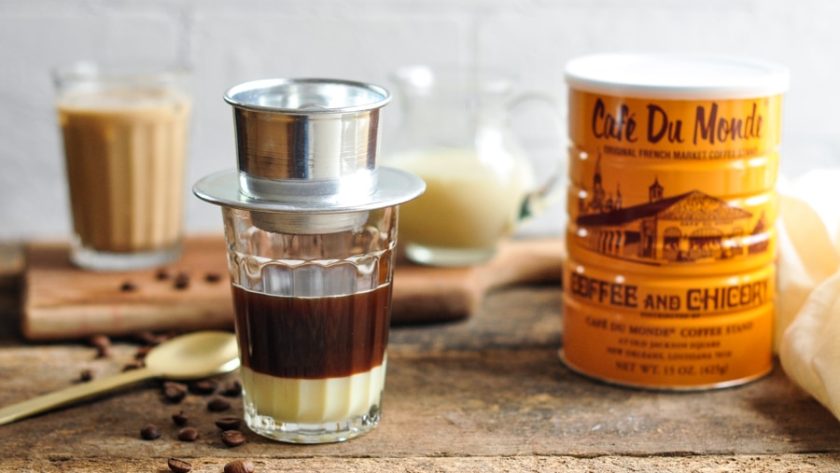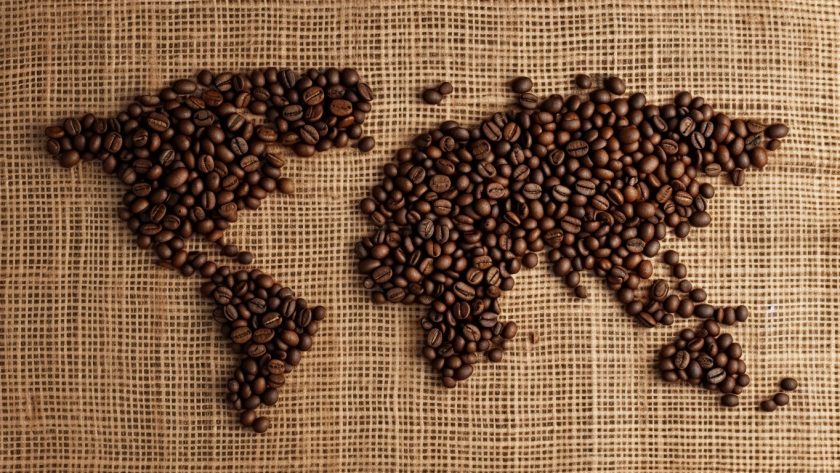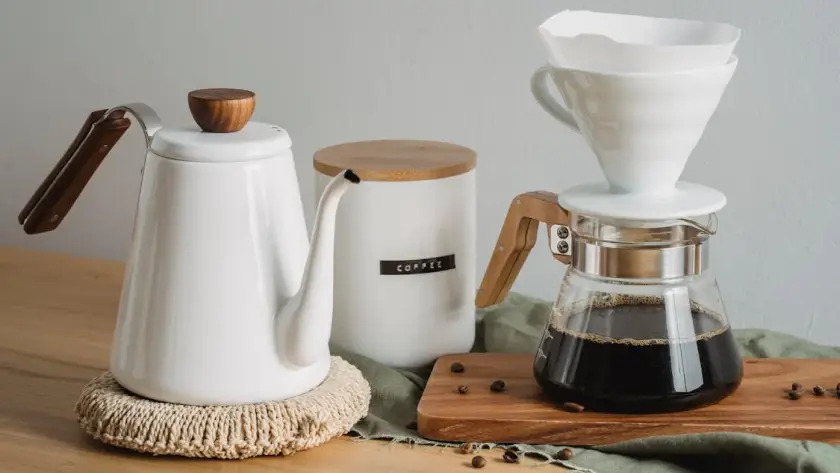You should not put milk directly into a Keurig coffee maker. Doing so can cause significant damage to the machine and make it nearly impossible to clean. The intricate system of hoses and chambers in a Keurig is designed for water, and introducing milk can lead to burnt milk residue that sticks to these components,…
